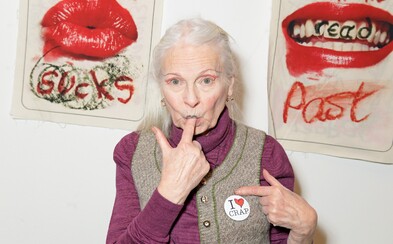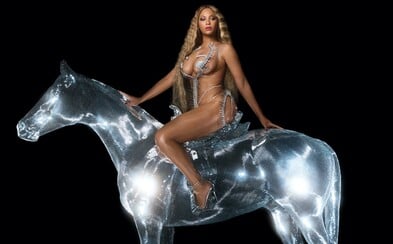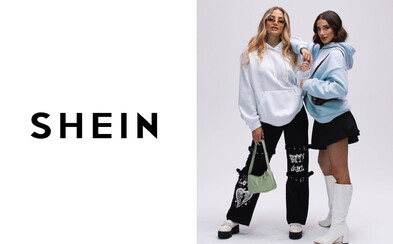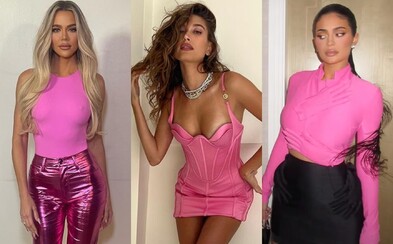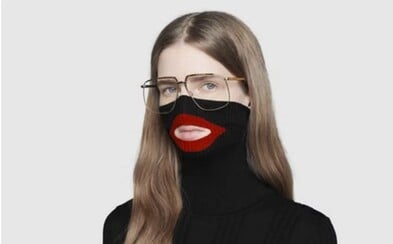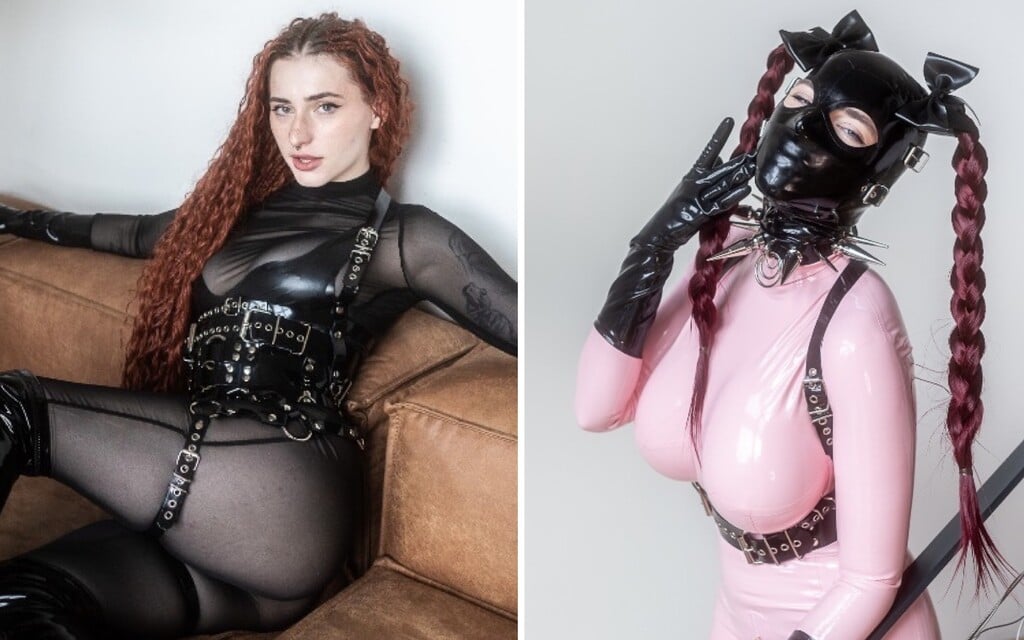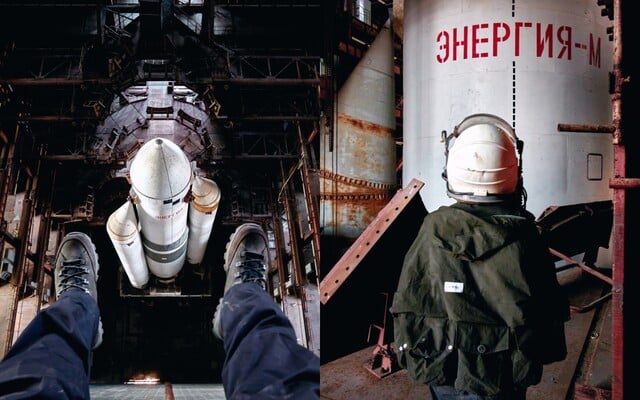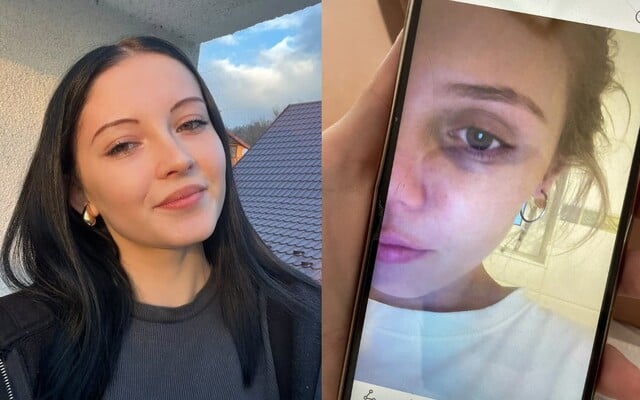 Even celebrities have fake clothes or accessories. Jake Paul with Richard Mille watches or fake diamonds 6ix9ine
Even celebrities have fake clothes or accessories. Jake Paul with Richard Mille watches or fake diamonds 6ix9ine
Even celebrities have fake clothes or accessories. Jake Paul with Richard Mille watches or fake diamonds 6ix9ine
Even celebrities have fake clothes or accessories. Jake Paul with Richard Mille watches or fake diamonds 6ix9ine
Zuzana Worked For Alexander McQueen: Sometimes We Worked For Three Months On Something That We Ended Up Not Using
"Sometimes when creating a collection, the head designer came in and said it was too similar to something else or that he just didn't like it. What the whole team worked on for three months was not used at all," says the successful Slovak.
If problems persis, please contact administrator.
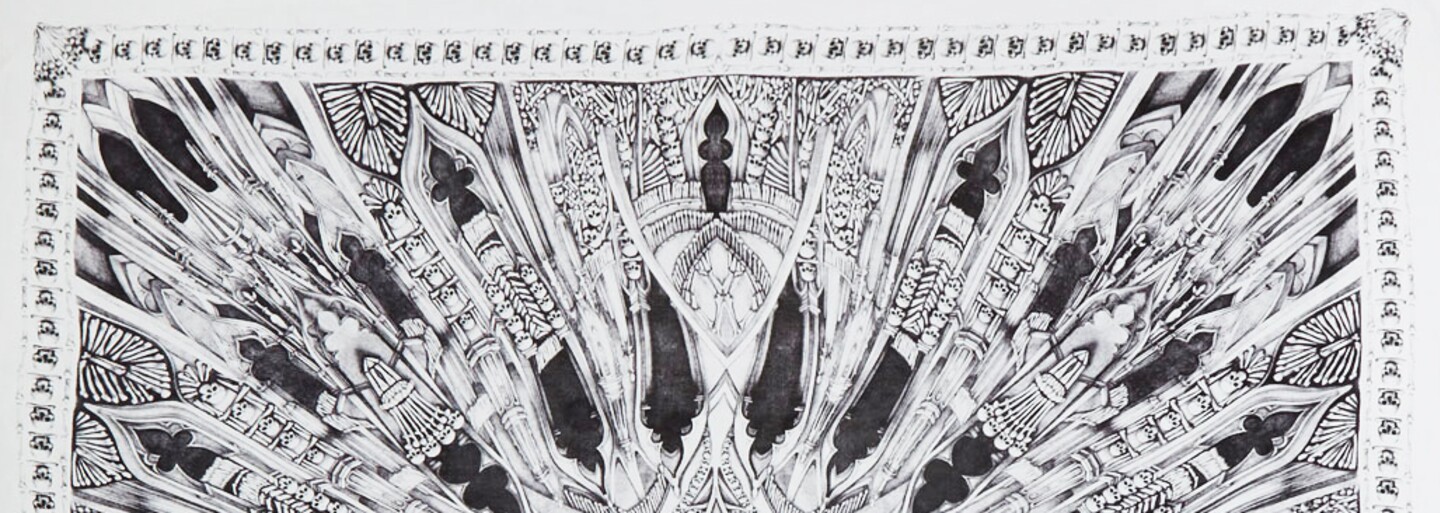
Successful textile designer Zuzana Zmateková has been working in Scandinavia for many years. She found love in Finland and managed to get a second master's degree in her field at one of the best universities in the world - Aalto University. In Sweden, she took an exclusive position as a textile designer for the H&M brand.
The Slovak has several international awards and prestigious nominations, including the National Design Award 2019 and 2022 or the YTAT Young Textile Art Triennial 2016 in Lodz, Poland, but her greatest career achievements include an internship at the luxury fashion house Alexander McQueen.

Zuzana Zmateková succeeded in what hundreds of girls dream of every day - to work behind the scenes of high fashion. In an interview, she spoke candidly about how she got to McQueen and why she doesn't take this work experience as a dream come true. Despite the fact that Zuzana Zmateková has built a strong reputation abroad, she often returns to her native Slovakia, where she has no shortage of projects and collaborations.
How did you get a place with Alexander McQueen?When Alexander McQueen announced that they were looking for interns, I took the liberty of sending my portfolio and resume. Suddenly I was invited to London for a trial day. I tried not to be prematurely happy and to keep my feet firmly on the ground, so I told myself that I would go on a trip and at least enjoy the city. During the exam day, they gave me an assignment that wasn't really creative, I think I scanned some books.
At the end, the head textile designer asked me when I could start and informed me that she would like me for an internship. Subsequently, I worked for four months in the textile design department, where I dealt with digital prints.
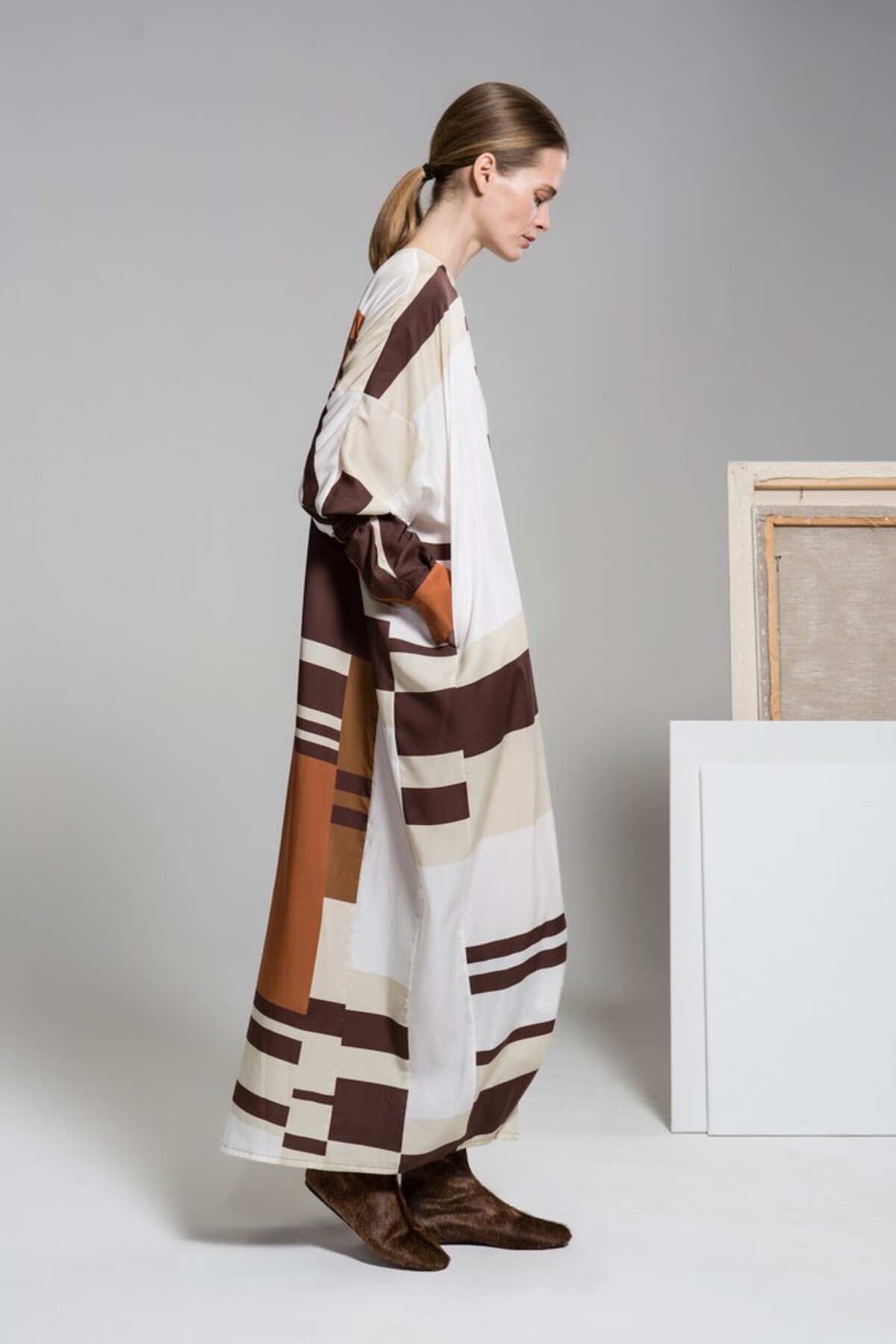
Did you perceive this experience as a dream come true? What was it like behind the scenes?
To be honest, I wasn't that excited, for me personally it was a very stressful work environment and I couldn't really find myself there. People there, of course, work a lot, but they are also stressed. I often just said to myself, phew. It opened my eyes and I was aware that this is not what I want to do in the future.
Sometimes during the creation of a collection it happened that the head designer came and said that it was too similar to something else or that he simply did not like it. What the whole team worked on for three months was not used at all. There was a very tense atmosphere between the designers, it was more relaxed between us interns as we didn't have as much responsibility. At the same time, I learned a lot about the creation of textile prints for high fashion, which certainly helped me in my future career.
The scarf you designed for Alexander McQueen made it into his collection. What inspired it and how much did you work on it?At that time, and actually still, the skull is an iconic symbol of the Alexander McQueen brand. It is also found on the brand's scarves, and with each new collection, ways are devised to incorporate it into them and to represent it as original as possible. Whether the skull has flowers or it's something else... We had divided tasks among the interns and each of us had to process this subject differently.

They specifically wanted me to create a scarf inspired by catacombs with gothic elements of cathedrals. In the catacombs, the skulls were supposed to be stacked on top of each other. I drew the composition with this theme for two weeks, it had to be done really precisely. In the end, my design for a scarf was suppressed, and when I left, I was given one as a souvenir.
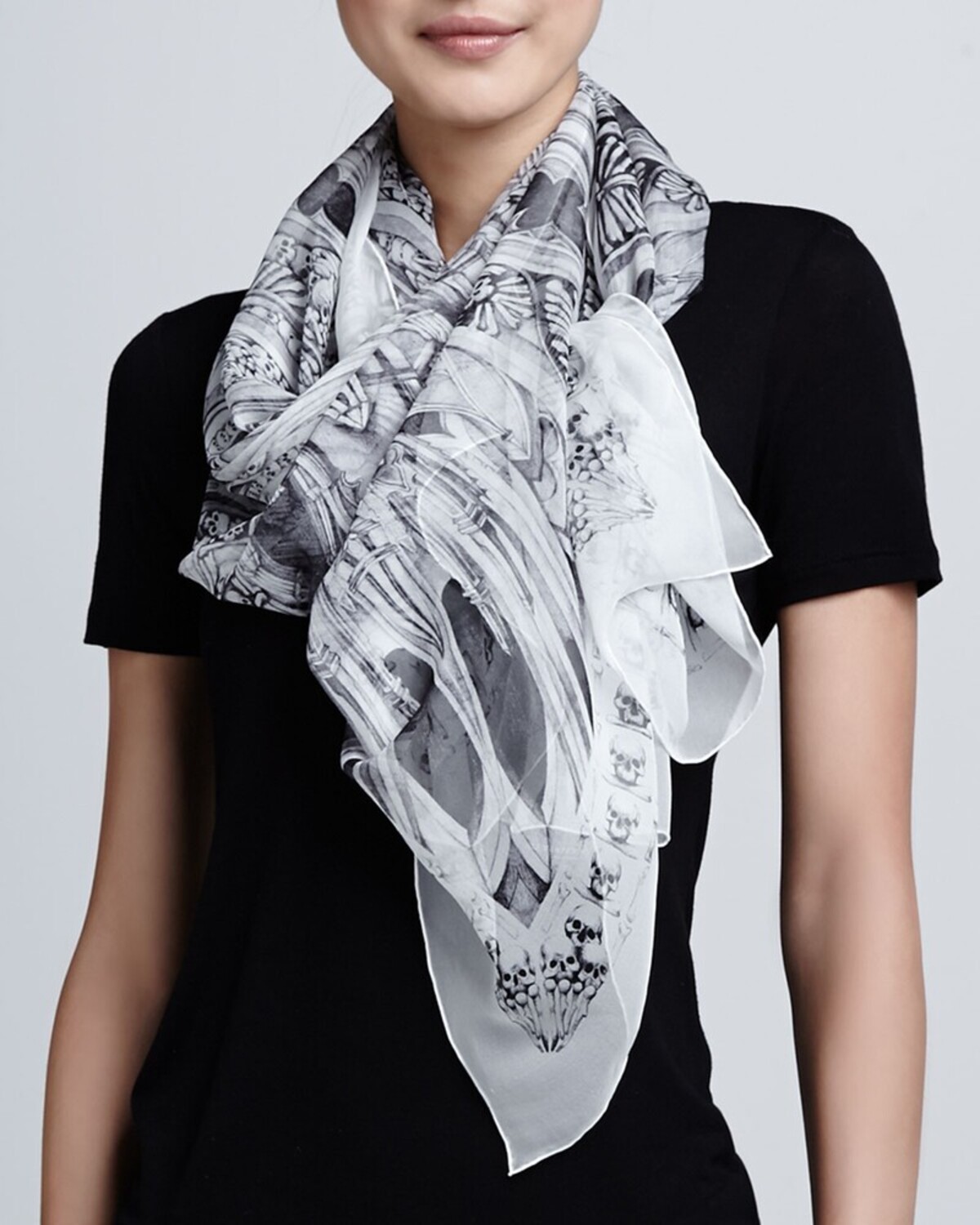
How much was the scarf sold for and where could it be bought?I personally saw it in the online eshop. It sold for £400 at the time, about ten years ago.
How was your day in the studio?
Very simply. I went to the studio around ten o'clock and got an assignment every day. We were either finishing things that had been developed, or started working on something new. There were quite a few of us interns, we sat at one table and spent days drawing or painting. According to what they needed from us.
I mostly painted flowers or elements that were further collaged with other things and therefore went beyond me. I had no idea what they used from my work and how or where. I know about the aforementioned skull scarf because it was my biggest project at McQueen.
How much did you manage to earn at McQueen?
I was an intern, so I didn't earn anything. But they paid us pizza if we stayed longer, and they paid us a taxi after ten or eleven in the evening, since the metro was no longer working. This was for me at the time that wow, it was really very nice.
Did you come into direct contact with the creative director of the Sarah Jane Burton fashion house?
Sarah was there and we met a few times, but only in the hallway. Of course we didn't talk. I communicated with the designer who was responsible for the digital print, Cristiane Chaves, currently working for the Hugo Boss brand.
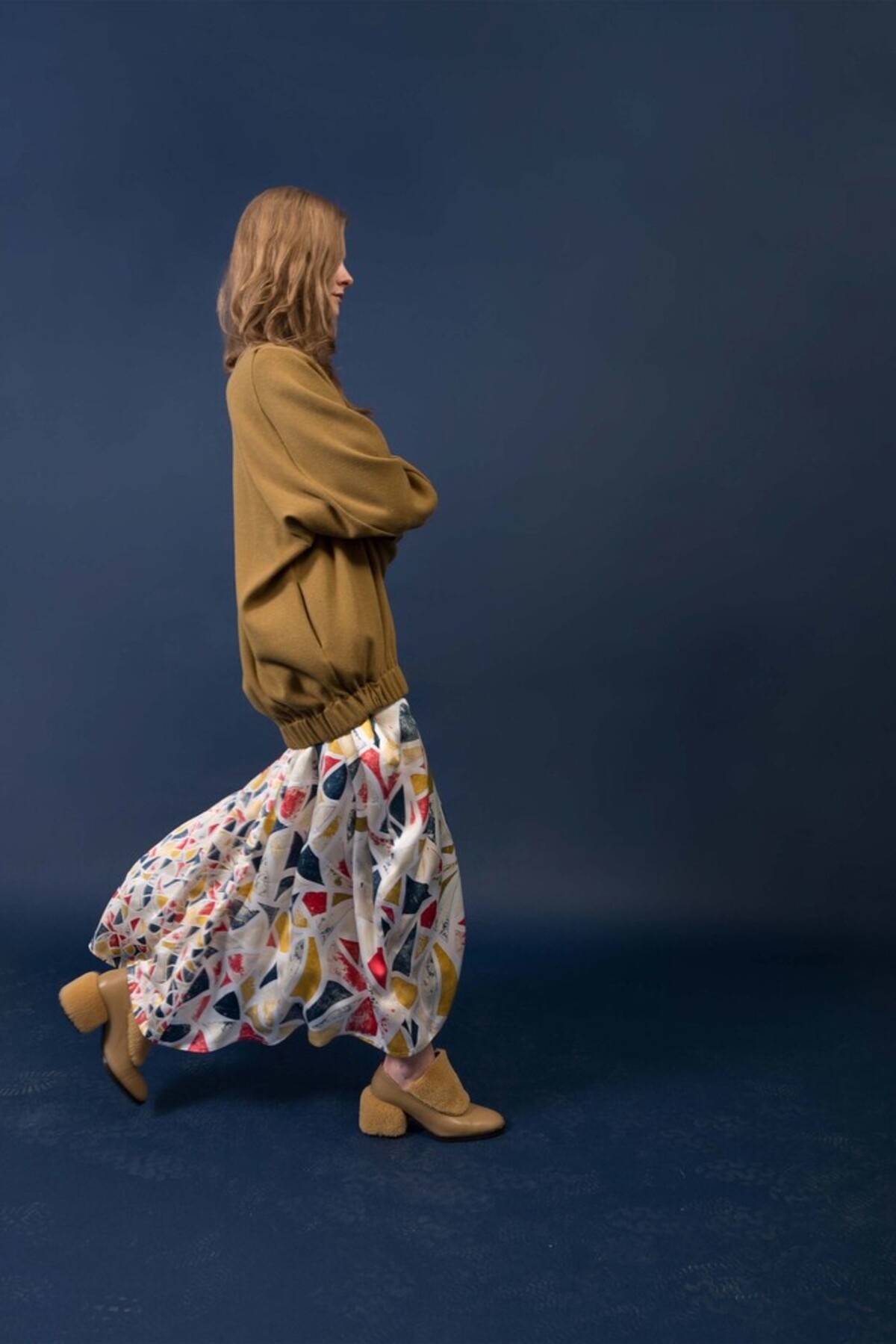
Do you think your prestigious school in Finland played a role in the McQueen admissions process?
At the time I went to Alexander McQueen, I only had a bachelor's degree from VŠVU and, frankly, they didn't know anything about our school. It was very nice that after the internship ended, my boss told me to contact my professor, that they would like more students from our school. After me, there was another friend of mine at McQueen, Klaudia Bulantová, who also worked as an illustrator. McQueen would certainly be interested in cooperating, but Slovakia never had the courage to send students there.
What advice would you give to others who would like to work in a similar prestigious place? How to proceed?
Getting into such an internship is not really a problem nowadays. When I studied, Slovakia did not yet have such contacts from abroad. You need to prepare well and choose well.
I definitely recommend preparing a good portfolio and resume based on what the given brand does, don't be afraid and try it several times if it happens to be unsuccessful the first time... and above all, be able to explain why you want to work for the given company. They need to see your motivation.
Where did your steps lead after the internship?
I worked for a long time as a freelancer for the French company Mitwill, as well as for Vanelli - a company producing luxury interior textiles -, Isadore and Nehera, which has Czech-Slovak roots, but managed to build a considerable reputation abroad. I currently work as a textile designer for H&M, and since I've been working for them, I've stopped doing commissions for other clients.
However, I am currently on maternity leave, which gave me time to exhibit my own fabric collection at the Finnish design fair Habitare 2022 in the Talentshop section.
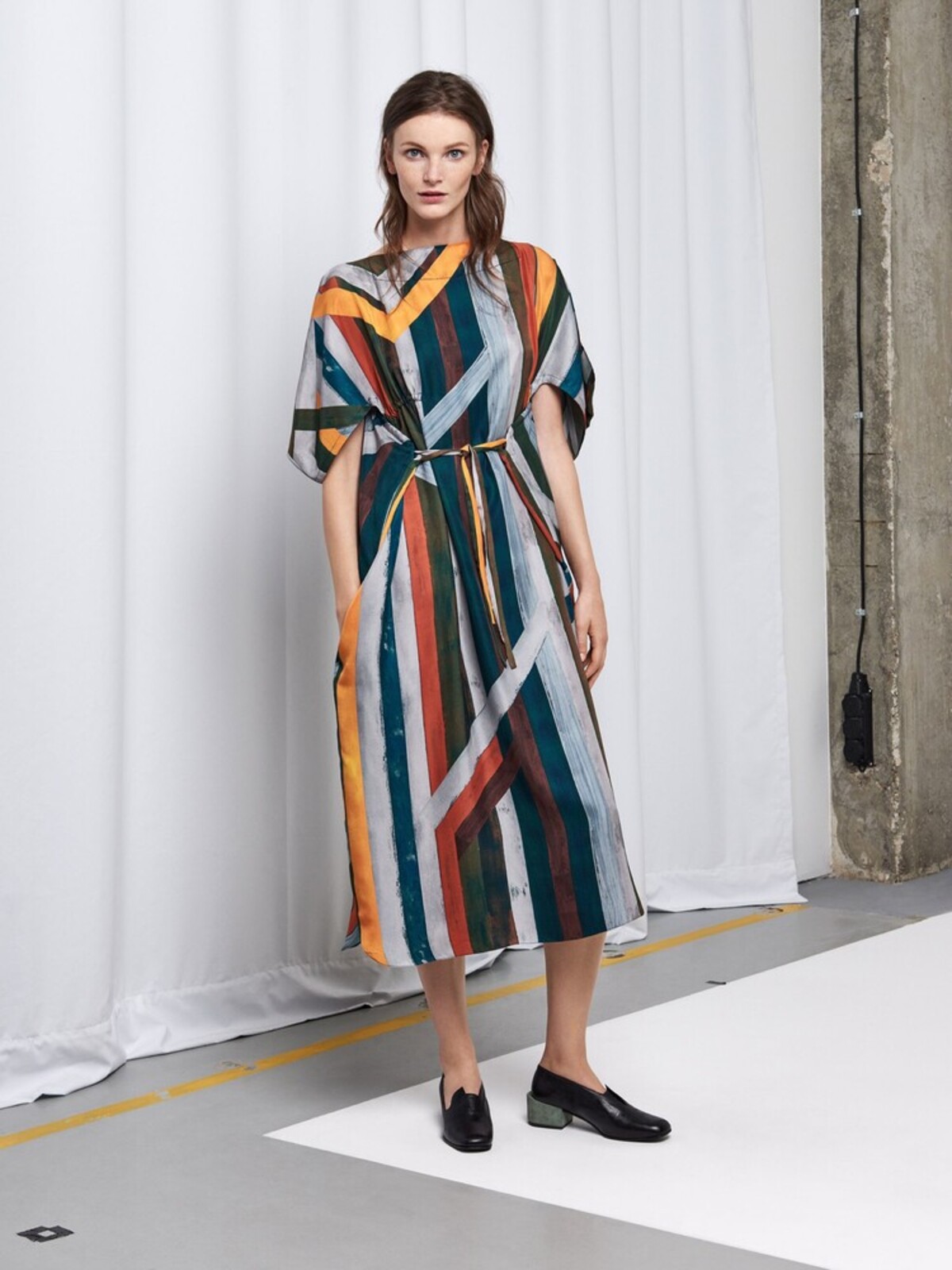
What is your job description at H&M?
I am employed directly in Stockholm, at the headquarters of the H&M brand, where I work from the design studio every day. I am specifically in the outdoor clothing department for children. We create prints for jackets, winter coats or ski boots.
What does the print design process involve?H&M has its own "trend researchers" who prepare the trends that will be in fashion for the next season for our team of textile designers. We then orientate ourselves according to them, especially with regard to colors and silhouettes or inspirations on the print. They are usually animals, sometimes it is a bear, for example, another year a dog.
Based on these clues, we textile designers then do research, we think about the type of illustration, how it should look, how we will create it, what procedure to choose. We mostly draw or paint. We are gradually creating a compact collection of prints so that it fits with the other products in the collection. Here you have to pay attention to the color palette, how many colors a specific model should have, what color combination. In general, the fewer colors, the better.
What brought you to H&M?While I was still studying in Finland, H&M was looking for a substitute person for one year, so I sent them my resume. However, considering that I was a student, they did not even consider my request. A few months after I finished school, I received an email saying that I was a good fit for this particular textile designer position that I am currently working on. I passed the interview and at the end of it I was offered a job. It was a nice surprise.
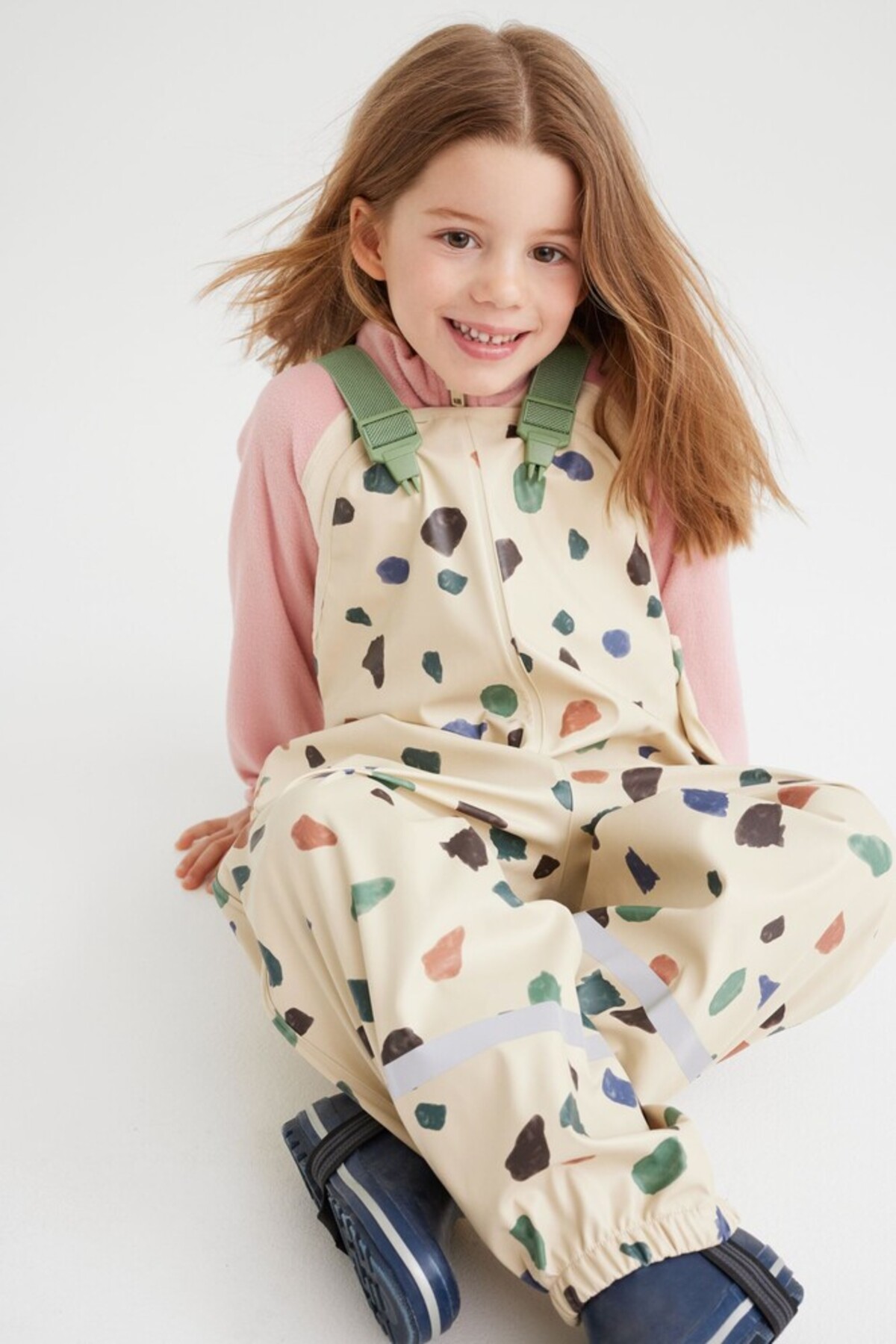
Why study in Finland?
Before that, I actually studied textile design at the Slovak University of Applied Sciences, but I didn't know much about weaving. At that time, our school did not have any jacquard weaving machines and I was very lacking in textile expertise. To improve myself and for my profession, I had to learn this technique, and Aalto University in Finland specialized in it.
When it comes to textile design and fashion, Aalto is one of the top universities. In 2017, its fashion study program was even named the fifth best in the world. They have perfect equipment, excellent professors and most importantly... studying for Europeans is free. All this somehow encouraged me to apply there and get a second master's degree.
To be honest, I didn't know about Finland before, I had no desire to go there. I took it as if I could manage two years in a country where it's still cold. (laughs) In the end it ended with me marrying a Finn and we started living in Sweden.
What makes your work specific and how does it differ from other textile designers?
If I had to introduce myself, I would say that I am a versatile textile designer. I created for interior textile design as well as clothing, and I tried various textile industries, printing and weaving.
As for personal projects, I may no longer be looking for utility or focus on commercial design and marketability of design, but rather on the reach beyond design. I had several collaborations and projects that were environmentally or socially oriented, for example during my studies at Aalto I worked as a researcher on a multidisciplinary project integrating solar panels into Sun-powered Textiles clothing.
Later, I also became the founder of the Amenge Textiles project, which focuses on textile design in cooperation with Roma children and thus fights against racism. I am very pleased that together we managed to win the National Design Award in the society and environment category.
You have world-class achievements, is there any unbeaten goal?
I definitely know that I would like to stay working for H&M for a few years and then become independent, work as a freelancer and maybe start producing and selling my own things. We'll see what the future brings. Sometimes the best things in life simply cannot be planned.
If problems persis, please contact administrator.

